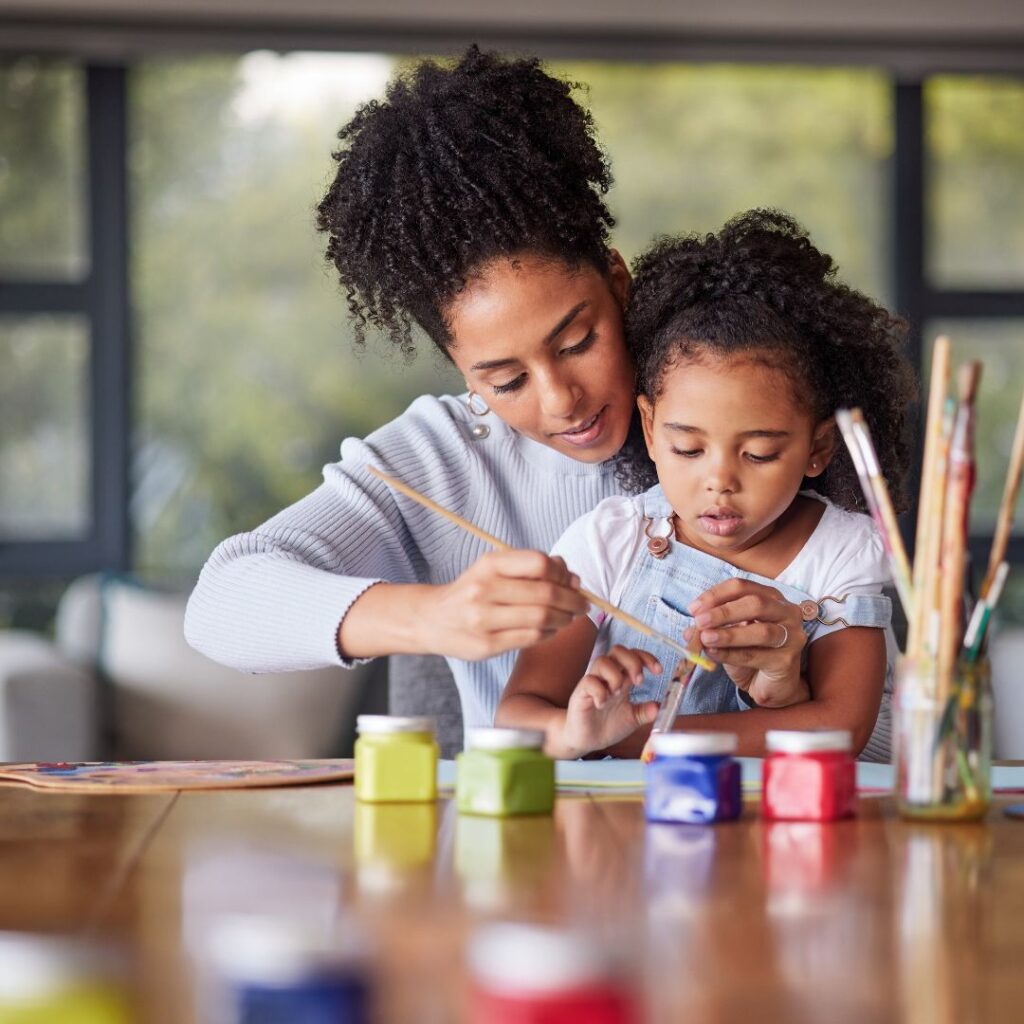happy little moments






How to Support Your Child’s Learning at Home: 15 simple strategies for parents
Many parents wonder how to support their child’s learning at home, and the good news is, it doesn’t have to be complicated. Of course, academic success is important, but creating an environment for learning goes beyond just getting good grades. When a child’s learning feels supported and encouraged by their parents, they tend to grow in confidence, develop healthy self-esteem, and build essential literacy skills, which are valuable in all aspects of life. It’s really about helping them thrive in life, no matter where life takes them.
A home that nurtures learning doesn’t need to be filled with worksheets or strict routines. Instead, it’s about making learning part of everyday life—sparking curiosity, encouraging exploration, and encouraging a love for reading. Whether it’s reading a book together, doing fun projects, or answering their endless stream of questions, there are so many simple ways to inspire a love of learning. With the right support, children can develop a lifelong passion for discovering new things. Here’s how to support your child’s learning at home:
How to support your child's learning at home: 15 simple strategies for parents
- Create a Learning-Rich Environment. Give your child lots of opportunity to learn and explore math, science, literacy, and the arts. These don’t necessarily have to be expensive toys. Surround your child with books, puzzles, art supplies, blocks, magnets, and educational toys to stimulate their curiosity. To be honest, the toys that entertain my children the most are the simple ones. Don’t spend a ton of money on children’s toys. Instead be intentional about what you purchase.
- Model a Love for Learning. Be the example of continuing learning and curiosity. Young children want to be like you, so let your child see you reading, exploring new topics, and learning new things. For example, I used to read mostly on my Kindle, but I now make it a point to have a book in my hand instead. I realized, if I’m on my Kindle, my children see me on a screen. If I’m reading a book, they see I’m reading a book.

Consistency is key
- Incorporate Learning into Daily Routines. Take frequent opportunities to teach your children something new. For example, use everyday activities like cooking, shopping, or gardening as learning opportunities (e.g. to teach counting, measuring, reading labels, etc.). Our children want to be like us, so they naturally want to help with the activities they see us do every day, which is the perfect way to teach them future life skills.
- Read Together Daily: Reading daily is so important to a child’s literacy success. Reading with your child helps build their vocabulary, supports comprehension and listening skills, encourages a love for learning and stories, and builds a deeper bond with you. To read more about the benefits of reading with your child, check out these blog posts: The Benefits of Reading to Your Child: Sparking Lifelong Adventures in Learning and The Bedtime Story Advantage: Why Reading to Your Child Matters.
- Establish a Routine: Create a consistent routine that includes learning times and activities daily. If you’re at home with your child, set learning times into your daily routine. If you’re a working parent, take heart, because you can still fit in learning time with your child. Children’s attention spans are short, so even fitting in 10 or 15 minutes consistently in the evening will go a long way in helping their academic success. For example, the semester before my son started Kindergarten, we began having “homework time,” at the same time his older sister. This gave us time to work on Kindergarten skills, and made homework a part of the routine. It worked so well, I wish we had started this learning routine much sooner. Now that he has “real” Kindergarten homework, it’s not a struggle to get him to do it because it’s been a part of his life for so long.

Make it Fun
- Follow Your Child’s Interests: Follow your child’s lead on their natural interests. Find ways to encourage your child in things they love and help them dive deeper into those topics. Your child may be into dinosaurs, outer space, or music. Find ways to enrich these interests, through books, adventures to the zoo or science center, or even signing them up for music or art lessons.
- Make Learning Fun: Make it a Game. Games are my daughter’s love language. If I want her to do anything, I just need to gamify it. Many children are like this, so incorporate games, hands-on activities, and educational apps to make learning enjoyable. You can even do this with chores, such as cleaning up or putting the clothes away. When you can, make it a race or toss things in a basket. The more fun you make it, the more engaged your child will be.
- Encourage Curiosity and Questions: The average preschooler asks 100-200 questions per day. That’s a lot of questions! And yes, this requires patience on your part. But encourage your child to ask questions and explore answers together, fostering critical thinking. We stop asking questions as we get older because the adults in our lives told us to stop. But the more curious I get, the more I succeed in life, work, and socially.
- Introduce Problem-Solving Challenges: Work with your child on puzzles, building blocks or legos, or find activity books that are fun for your child. Personally, my children love activity books that contain puzzles, riddles, dot-to-dots, or brainteasers. These little challenges are fun ways to help them develop critical thinking skills, too. Just be sure to purchases ones that are on their educational level so they don’t get discouraged.
- Explore the Outdoors: Spending time outdoors with children is one of the best ways children learn. Again, you don’t have to have fancy toys. Children learn much more when they play with leaves, sticks, and rocks. Go on nature walks, take your time, and follow their lead. Watch the snail as it travels down a path, pick out the smooth rocks you find, or your child may even find a “favorite stick.” Nature walks and outdoor activities teach science, observation, and environmental awareness.
- Encourage Creative Expression: Provide opportunities for your child to explore music, art, drama, and creative writing. Make sure to keep lots of art supplies on hand. With just construction paper, markers, scissors, tape/glue, and paint, children can be entertained for hours. For drama, keep old Halloween costumes, or find some at a second-hand store. Keep a few costumes around, and watch your child’s imagination soar.
- Set Up a Quiet Learning Space: Create a cozy corner with books where your child can relax. In our home, we have a little soft chair, a blanket and a basket of books in a little corner. Since setting it up a few months ago, I’ve been amazed how often one of the 3 kids is over there with a book.

Technology
Use Technology as a Tool: Leverage educational websites and apps to enhance learning. With clear boundaries and supervision, tablets can be great tools to use to encourage learning in a fun way. There are tons of apps such as ABC Mouse or Dinolingo that gamify learning. With that said, be sure your child’s tablet time is offset by lots of offline time, and that screentime is age appropriate and closely monitored. If you’d like to read more on this topic of setting limits around tablet time, click here. Another great way to help your learn to leverage technology is to model utilizing tech in a responsible way. For example, my children see me spending a few minutes every day learning Spanish on Duolingo. My husband does lots of renovations, so our children often see him watching YouTube videos about how to install flooring or fix plumbing issues. Model using technology as a tool and not as a distraction.
Incorporating learning into your child’s everyday life is a fun and rewarding experience for both of you. Whether it’s cooking together, exploring nature, or talking about the world around you, these moments create opportunities for learning and growth. More than that, they allow you to strengthen your bond with your child. Children naturally want to be involved, and by including them in your daily activities, you encourage their curiosity and also show them that learning can happen anywhere.
I hope you found these tips helpful in guiding you on how to support your child’s learning at home. By making learning part of your family’s routine, you’re creating a foundation for lifelong learning and connection. It doesn’t have to be complicated—just embrace the small, everyday moments as chances to grow and learn together.
Save this post for later! Click the Pins below to share to your Pinterest Account if you found this blog post helpful.




Admiring the persistence you put into your website and in depth information you provide. It’s awesome to come across a blog every once in a while that isn’t the same outdated rehashed material. Wonderful read! I’ve saved your site and I’m adding your RSS feeds to my Google account.
Thank you! I’m so happy to hear you’ve saved my blog so you can check back in regularly!